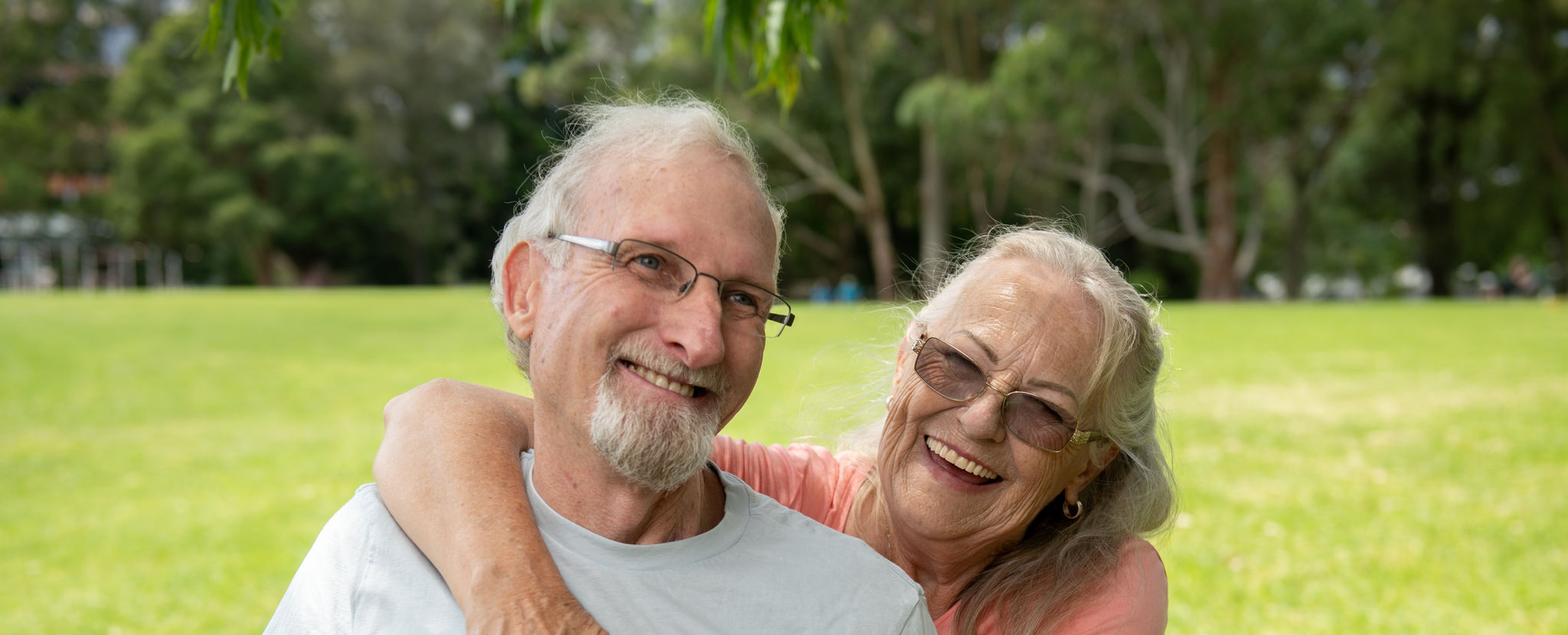What are the potential options for treating non-melanoma skin cancer?
Non-melanoma skin cancers such as basal cell carcinoma (BCC) and squamous cell carcinoma (SCC) are estimated to affect up to 2 in 3 Australians by the age of 70 years.*1 So, many of us may need to undergo treatment for these skin cancers at some point in our lives.
How is a treatment chosen by your doctor?
There are a range of options available to treat non-melanoma skin cancer. Factors that will be considered by a doctor when determining the most appropriate option for a particular patient include:2
- What type of skin cancer it is – and how big it is
- Where the skin cancer is located
- Whether the skin cancer has spread to other parts of the body
- The patient’s overall health and any medications they are taking
What are the potential treatment options?
Some of the different treatment options for non-melanoma skin cancer include surgery, curettage and electrodessication, cryotherapy, photodynamic therapy, topical creams or gels, and radiation therapy.3
- Surgery – a surgical excision is where a doctor cuts around the cancer to remove it, as well as a bit of the surrounding healthy skin and tissue (called the margin) to make sure that all the cancer is removed. The bit that is removed is examined by a pathologist to check that there are no cancer cells in the margin.2,3
- Curettage and electrodessication – in this technique (which is also called cautery), the doctor uses a sharp scoop-like tool to remove the skin cancer and then applies an electrical current (which creates heat) to kill any remaining cancer cells and stop the bleeding.2,3
- Cryotherapy – the doctor uses a spray of extremely cold liquid nitrogen to freeze and kill the skin cancer cells, causing a blister first, then a scab to form. The scab falls off and allows healthy new skin to grow in its place.2,3
- Photodynamic therapy – this treatment involves applying a special cream to the skin cancer that makes it sensitive to light, and then using a special lamp that activates the cream to kill the abnormal cells.2,3
- Topical gels or creams – topical treatments involve applying gels or creams that contain certain medications that are applied to the skin to destroy the abnormal skin cancer cells.2,3
- Radiation therapy – this treatment uses a controlled dose of radiation to target and destroy the skin cancer cells. It is sometimes given after surgery to help improve outcomes.2,3
Which one will I get?
Each type of treatment has its own benefits and risks and may not be suitable for treating all types of skin cancers.2 Your doctor will decide which option is best suited to your particular needs. If you have any questions about treatment options for non-melanoma skin cancers, talk to your doctor.
* Australian Institute of Health and Welfare. Skin Cancer in Australia. July 2016.1
References:
- Australian Institute of Health and Welfare. Skin Cancer in Australia. July 2016. Available: https://www.aihw.gov.au/reports/cancer/skin-cancer-in-australia/summary [accessed October 2023].
- Cancer Council. Understanding Skin Cancer. December 2021. Available: https://www.cancer.org.au/cancer-information/types-of-cancer/skin-cancer [accessed October 2023].
- Harman, J, Cancer Council Australia Keratinocyte Cancers Guideline Working Party. Clinical practice guidelines for keratinocyte cancer. Plain English summary. November 2019. Available: https://wiki.cancer.org.au/australia/Guidelines:Keratinocyte_carcinoma/Plain_English_summary [accessed October 2023].
Want to know more about potential treatment options available at GenesisCare? ENQUIRE NOW



